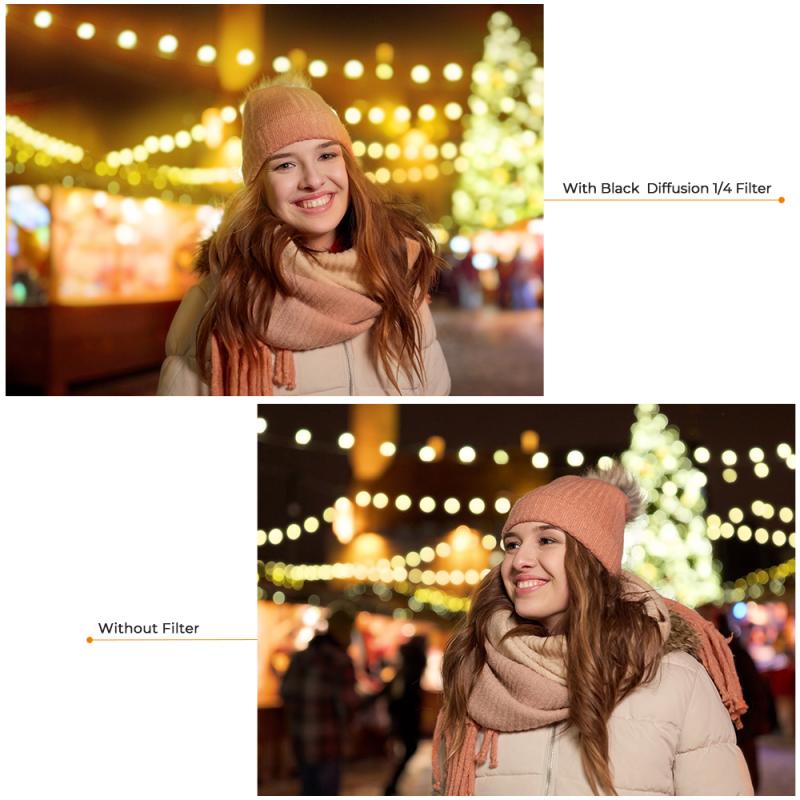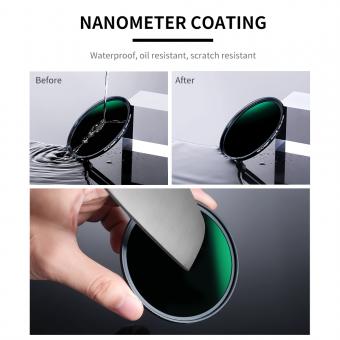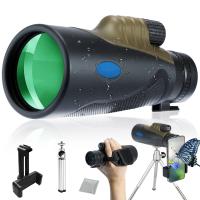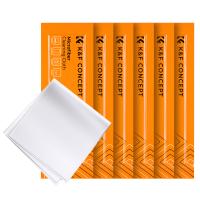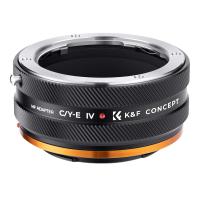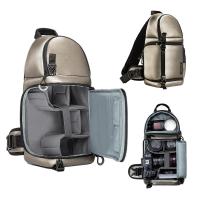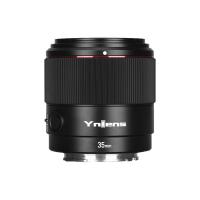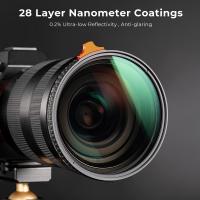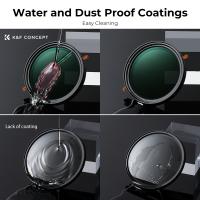What Is Nd Filter In Camera ?
An ND filter, short for Neutral Density filter, is an optical filter that reduces or modifies the intensity of light entering the camera lens without affecting the color or hue of the image. It is commonly used in photography and videography to control the amount of light reaching the camera's sensor. ND filters are particularly useful in situations where there is too much light, such as bright daylight or when shooting long exposures, as they allow photographers to use wider apertures or slower shutter speeds without overexposing the image. They come in different strengths, measured in stops, which indicate the amount of light reduction they provide. ND filters are often used in landscape photography to achieve motion blur effects in water or clouds, as well as in portrait photography to achieve shallow depth of field in bright lighting conditions.
1、 Definition and Purpose of ND Filters in Photography
An ND filter, short for Neutral Density filter, is an essential tool in photography that helps control the amount of light entering the camera lens. It is a transparent filter that reduces the intensity of all wavelengths of light equally, without affecting the color or contrast of the image.
The purpose of an ND filter is to allow photographers to achieve certain creative effects that would otherwise be difficult or impossible to achieve. By reducing the amount of light entering the lens, an ND filter enables photographers to use longer shutter speeds or wider apertures in bright conditions. This is particularly useful in situations where a photographer wants to capture motion blur, such as in flowing water or moving clouds, or when shooting with a shallow depth of field in bright sunlight.
ND filters are available in different strengths, measured in stops, which indicate the amount of light they block. Common strengths include ND2 (1 stop), ND4 (2 stops), ND8 (3 stops), and so on. Some filters are also variable, allowing photographers to adjust the amount of light reduction by rotating the filter.
In recent years, ND filters have gained popularity among videographers as well, especially those shooting with DSLR or mirrorless cameras. They help maintain a cinematic look by allowing videographers to use wider apertures and slower shutter speeds, resulting in a more professional and aesthetically pleasing video.
Overall, ND filters are a valuable tool for photographers and videographers, enabling them to have greater control over exposure and achieve creative effects in various lighting conditions.
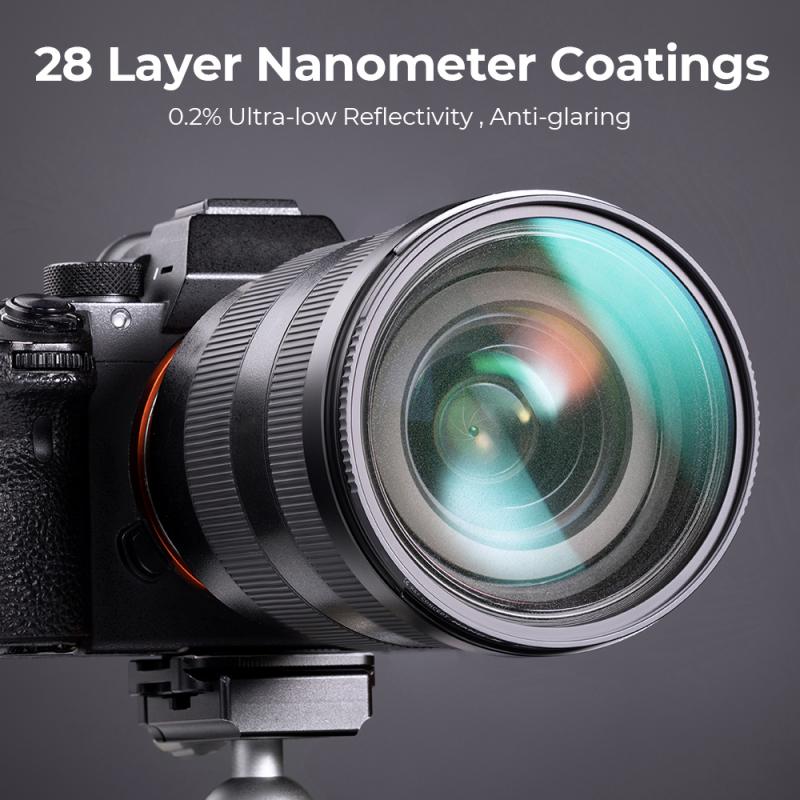
2、 Types of ND Filters and Their Uses in Camera
What is ND filter in camera?
An ND (Neutral Density) filter is a type of camera filter that reduces the amount of light entering the camera lens without affecting the color or hue of the image. ND filters are commonly used in photography and videography to achieve certain creative effects or to compensate for bright lighting conditions.
Types of ND Filters and Their Uses in Camera
There are different types of ND filters available in the market, each with its own unique characteristics and uses. Here are some of the most common types of ND filters and their uses in camera:
1. Fixed ND Filters: These filters have a fixed density and are available in different strengths, such as ND2, ND4, ND8, etc. They are ideal for situations where the lighting conditions are consistent and predictable.
2. Variable ND Filters: These filters have a variable density that can be adjusted by rotating the filter ring. They are ideal for situations where the lighting conditions are constantly changing, such as outdoor photography or videography.
3. Graduated ND Filters: These filters have a gradient density that gradually reduces the amount of light entering the lens. They are ideal for situations where the sky is much brighter than the foreground, such as landscape photography.
4. Reverse ND Filters: These filters have a reverse gradient density that is darkest in the middle and gradually becomes lighter towards the edges. They are ideal for situations where the sun is in the frame, such as sunrise or sunset photography.
In conclusion, ND filters are an essential tool for photographers and videographers who want to achieve certain creative effects or compensate for bright lighting conditions. With the different types of ND filters available in the market, it is important to choose the right one for the specific situation to achieve the desired results.
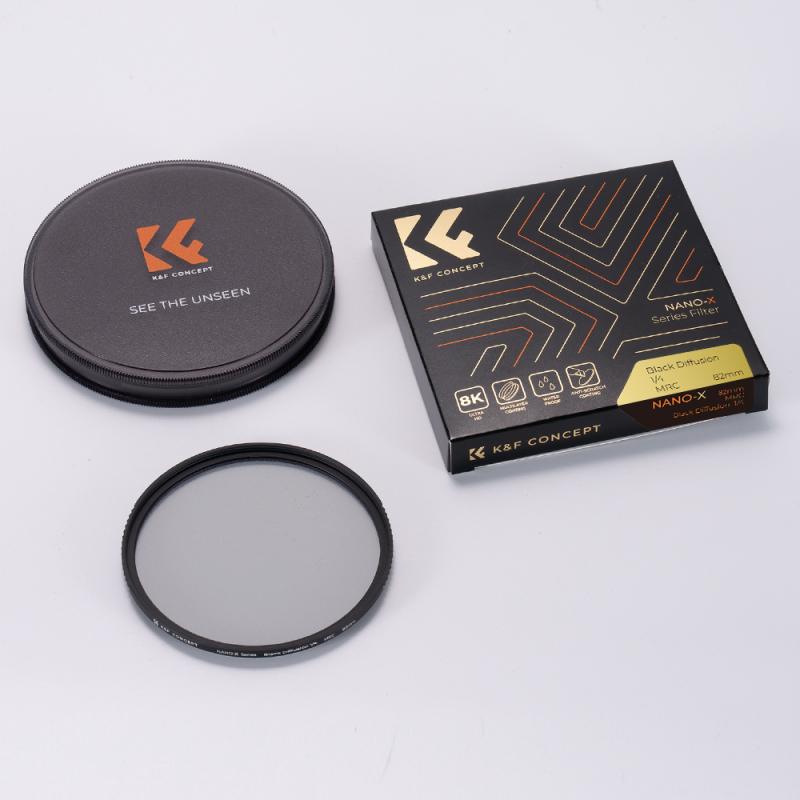
3、 How ND Filters Affect Exposure and Light Control
What is ND filter in camera?
An ND filter, or neutral density filter, is a type of camera filter that reduces the amount of light entering the camera lens without affecting the color or hue of the image. ND filters are commonly used in photography and videography to achieve certain creative effects, such as motion blur or shallow depth of field in bright lighting conditions.
How ND Filters Affect Exposure and Light Control
ND filters work by reducing the amount of light that enters the camera lens, which in turn affects the exposure of the image. By reducing the amount of light, ND filters allow photographers and videographers to use slower shutter speeds or wider apertures without overexposing the image. This can be particularly useful in bright outdoor settings where the available light is too strong for the desired effect.
ND filters are also useful for controlling the amount of light that enters the camera lens in situations where the lighting is uneven or inconsistent. For example, if a photographer is shooting a landscape scene with a bright sky and darker foreground, an ND filter can help balance the exposure and prevent the sky from being overexposed.
The latest point of view on ND filters is that they are becoming increasingly popular among photographers and videographers due to their versatility and ability to achieve creative effects. With the rise of social media and online content creation, there is a growing demand for high-quality visuals that stand out from the crowd. ND filters can help achieve this by allowing photographers and videographers to capture stunning images and videos in a variety of lighting conditions.

4、 Choosing the Right ND Filter Strength for Different Situations
What is ND filter in camera?
An ND (Neutral Density) filter is a type of camera filter that reduces the amount of light entering the camera lens without affecting the color or hue of the image. ND filters are commonly used in photography and videography to achieve certain creative effects, such as blurring motion or creating a shallow depth of field in bright lighting conditions.
Choosing the Right ND Filter Strength for Different Situations:
When it comes to choosing the right ND filter strength for different situations, there are a few factors to consider. The first is the amount of light available in the scene. If you're shooting in bright sunlight, you'll need a stronger ND filter to reduce the amount of light entering the lens. On the other hand, if you're shooting in low light conditions, you may not need an ND filter at all.
Another factor to consider is the effect you're trying to achieve. If you want to create a shallow depth of field in bright lighting conditions, you'll need a stronger ND filter to reduce the amount of light entering the lens. If you want to blur motion, you'll need a weaker ND filter to allow more light into the lens.
The latest point of view on ND filters is that they are becoming increasingly popular among photographers and videographers. With the rise of social media and the need for high-quality content, ND filters are becoming an essential tool for creating professional-looking images and videos. Additionally, advancements in technology have made ND filters more affordable and accessible to a wider range of users. As a result, ND filters are no longer just for professionals but are now accessible to hobbyists and enthusiasts as well.
